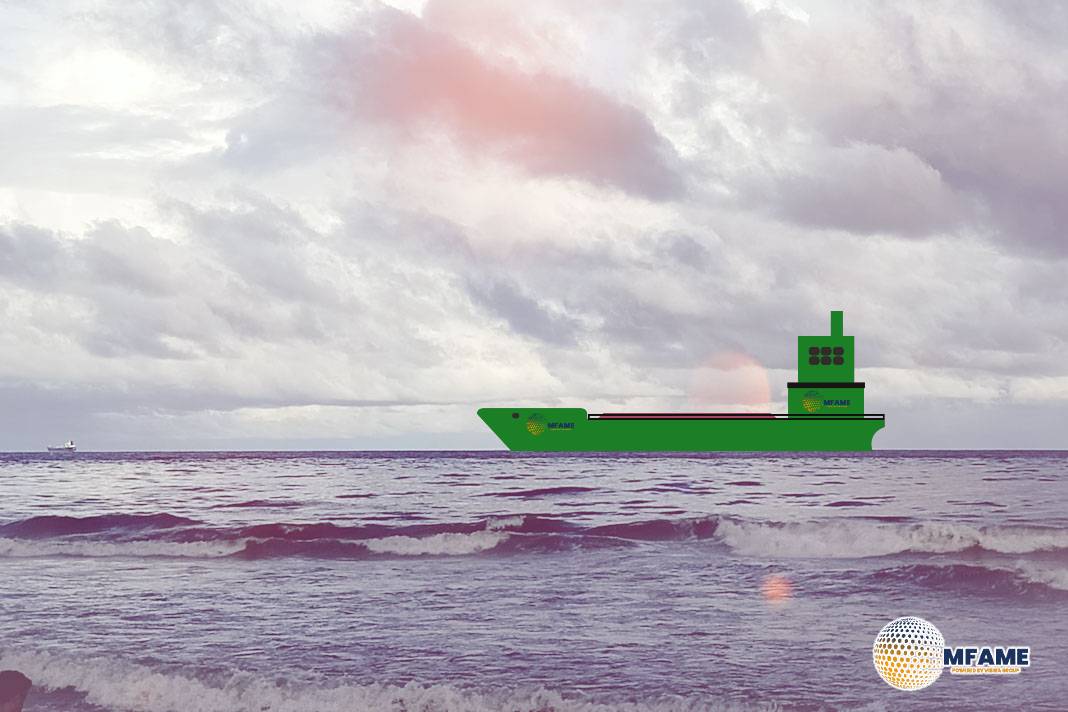- Global orderbook stays under 10% with 2026 delivery peak.
- Ageing concentrated in the Handysize and Supramax segments.
- Capesize fleet remains younger and competitive.
The active dry bulk fleet is made up of nearly 13,000 vessels, boasting a total capacity that exceeds 1 billion DWT. Currently, the global orderbook is sitting below 10%, with delivery schedules remaining steady for 2025 and peaking in 2026, reports Allied Shipbroking.
Ageing Concentrated in Smaller Segments
The ageing of the fleet is particularly noticeable in the smaller vessel classes, especially among Handysize and Supramax ships, many of which are over 20 years old. On the other hand, Capesize vessels tend to be younger and hold a strong competitive edge in the market.
Fleet Expansion Led by Supramax/Ultramax
In the first half of 2025, the Supramax/Ultramax segment saw the most significant growth, adding a considerable amount of capacity. The Panamax/Kamsarmax and Capesize fleets also expanded, but at a more moderate rate.
Demolition Activity Remains Insufficient
Demolition efforts are currently focused on the smaller vessel segments, but the volumes are still too low to effectively counter the ageing trend. With low retirement rates, there’s a risk of prolonging oversupply conditions and delaying the much-needed renewal of the fleet.
Outlook for the Dry Bulk Market
The implementation of the Hong Kong Convention could promote sustainable ship recycling and boost demolition activity. We can expect to see more vessel removals in the smaller segments, while demand for Capesize vessels is likely to stay strong, thanks to a robust iron ore trade. Brazil’s record exports and China’s steady imports are supporting the market fundamentals, but concerns about oversupply will linger if demolition rates continue to be low.
Did you subscribe to our daily Newsletter?
It’s Free Click here to Subscribe!
Source: Allied Shipbroking
















